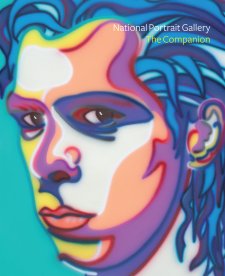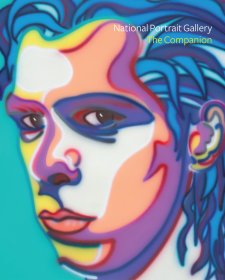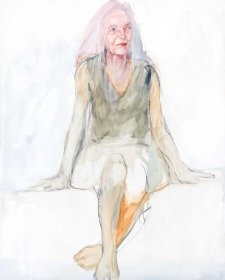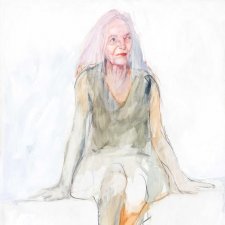- About us
- Support the Gallery
- Venue hire
- Publications
- Research library
- Organisation chart
- Employment
- Contact us
- Make a booking
- Onsite programs
- Online programs
- School visit information
- Learning resources
- Little Darlings
- Professional learning
Sarah Simpson (née Neighbour, 1806–1874) married tinsmith and hatter Alfred Simpson in London in 1838. Ten years later, financial difficulties prompted their emigration to Melbourne, but they disembarked in South Australia, the first English settlers of which had arrived in 1836. In the early 1840s deposits of silver, lead, copper and gold had been discovered in the region; the first vines had been planted, and the first wheat surplus achieved. Arriving on the John Woodhall in January 1849 with her husband and their son Alfred Muller Simpson, Sarah worked as a piano teacher in Adelaide while Simpson essayed various ventures, including two stints on the Victorian goldfields. In 1853 Alfred opened a tinsmithing business in Topham Street, Adelaide, called the Colonial Tinware Manufactory. As it grew, the business produced agricultural implements, pots and pans, and cans for a jam factory. Larger premises on Gawler Place were occupied in 1863 and the following year, coinciding with Alfred Muller’s 21st, the names A Simpson and Son appeared beneath the brand. Alfred Muller’s sons, Alfred Allen and Frederick Neighbour, joined the family business as it expanded in the twentieth century. Alfred outlived Sarah by seventeen years; when she died, at the end of 1874, her daughter-in-law Catherine was pregnant with Alfred Allen Simpson, the future mayor of Adelaide.
Collection: National Portrait Gallery
Purchased with funds provided by L Gordon Darling AC CMG 2014
Sarah Simpson (age 60 in 1866)
L Gordon Darling AC CMG (38 portraits supported)



On one level The Companion talks about the most famous and frontline Australians, but on another it tells us about ourselves.



The Darling Prize is a new biennial prize for Australian portrait painters, painting Australian sitters. The winner receives a cash prize of $75,000.



This exhibition showcases portraits acquired through the generosity of the National Portrait Gallery’s Founding Patrons, L Gordon Darling AC CMG and Marilyn Darling AC.